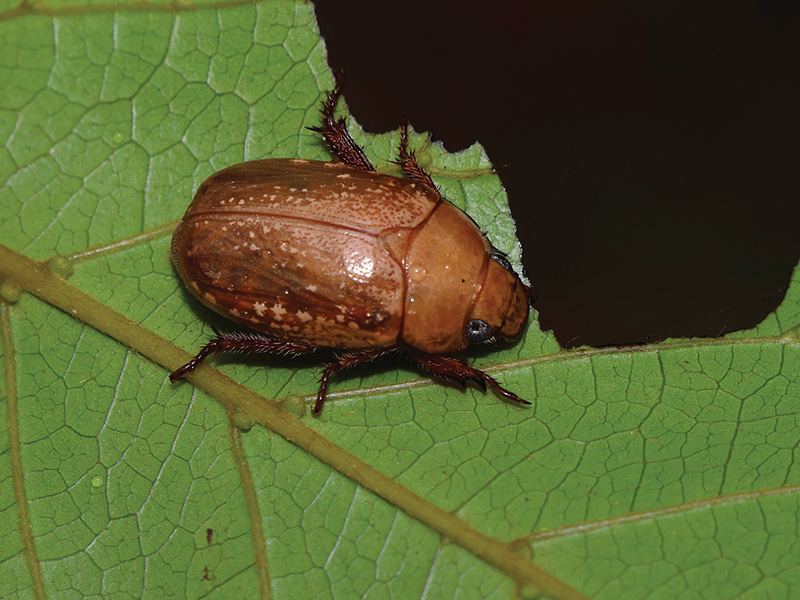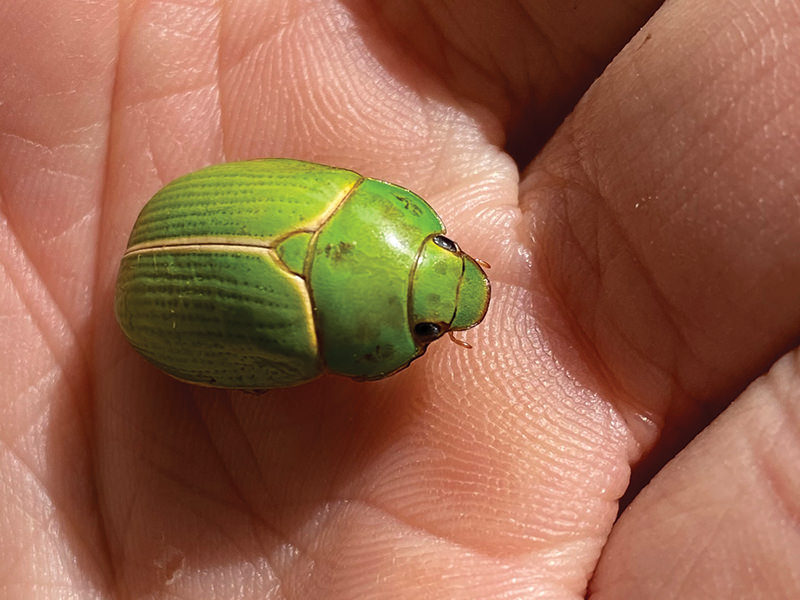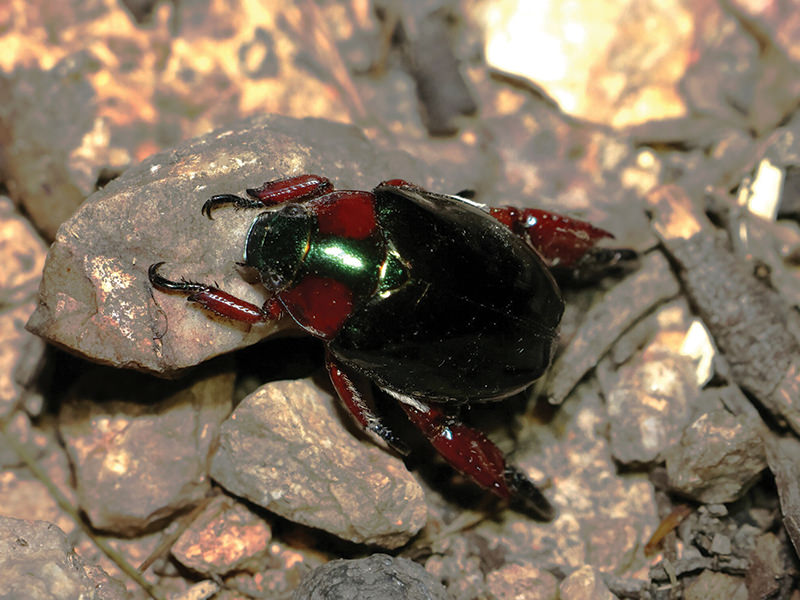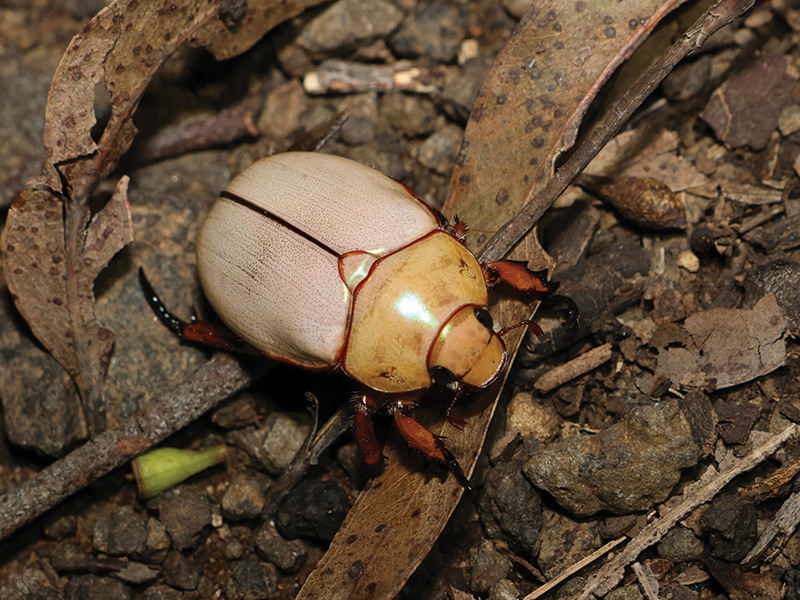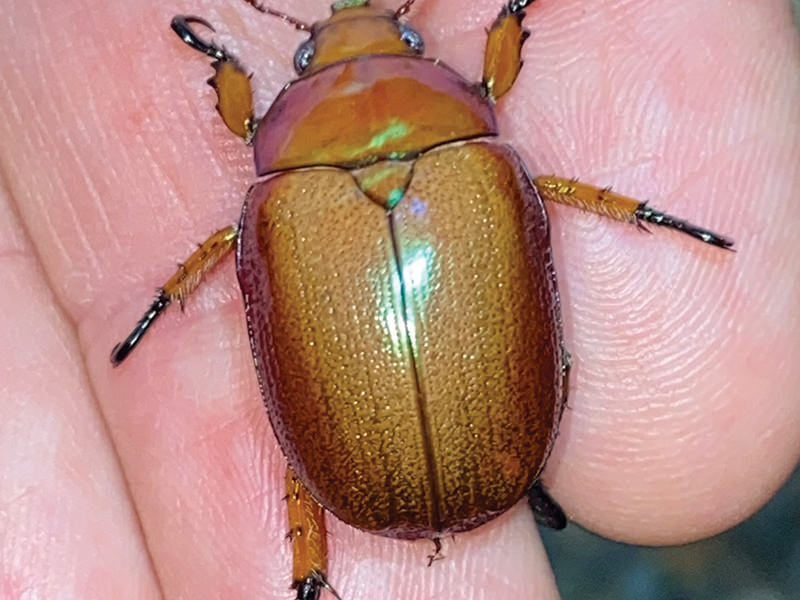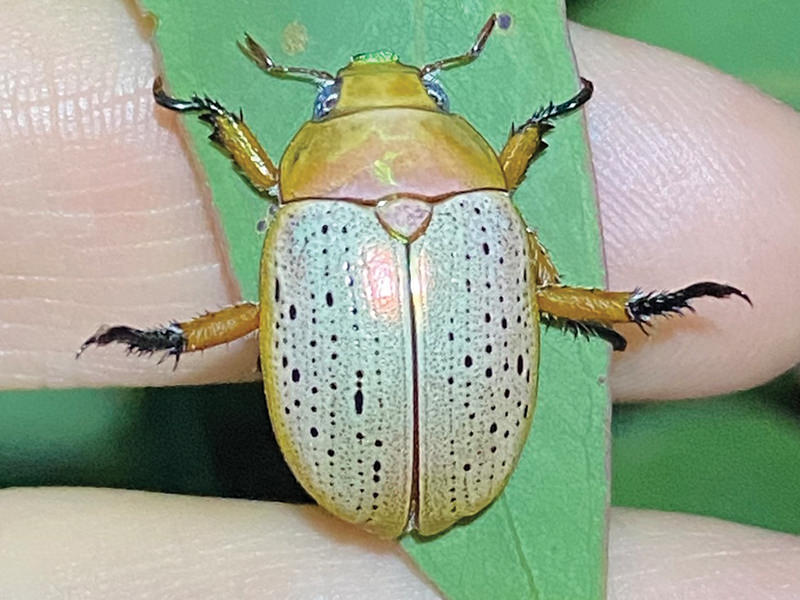This rainy, hot summer has resulted in huge emergences of beetles (order Coleoptera) and bugs (order Hemiptera). Beetles are generally either herbivores (feeding on leaves), predators (feeding on other invertebrates) or scavengers that feed on fungi, leaf litter, carrion or dung. This summer has been a particularly good season for cicadas and beetles.
One of the most iconic groups of Australian beetles is the Christmas beetles (large beetles in the genera Anoplognathus, Calloodes and Repsimus). There are 36 known Christmas beetle species and most of them are found only in Australia.
Like most beetles, female adult Christmas beetles lay their eggs in the soil. These hatch into grubs (larvae) that live underground for several years, feeding on roots and decaying leaves. Eventually they pupate and emerge from the ground during summer as adults to find a mate and start the cycle again.
Anecdotally, many people say that Christmas beetles have declined in recent times. We even reviewed a children’s book in the last newsletter edition with such a title. Declines certainly make sense because we know how much native vegetation has been lost recently. However, there is no long-term data about beetle populations in Australia. To help fix this, Invertebrates Australia in partnership with researchers at the University of Sydney have created the Christmas Beetle Count project.
This project aims to compare current and historic distribution records of Christmas beetles and to see if there are declines and the potential cause.
By uploading any photos of Christmas beetles to iNaturalist, you are automatically contributing to the project. Ideally, take four photos of each beetle – one of the back, belly, face and rear. This will help ensure accurate identification. Already the project has found ‘missing’ Christmas beetles – species that have not been formally sighted in decades. Exciting stuff.
Christmas beetles, like all invertebrates, are essential to life on Earth. They help recycle organic matter in the soil and they provide a great source of protein for birds, reptiles and mammals. So, if you find Christmas beetles on your property, please consider taking some photos (on your phone is fine) and upload them to iNaturalist. Your Land for Wildlife Officer would be happy to talk to you about using iNaturalist if you need assistance.
Article by Deborah Metters
Photos by Greg Tasney.
All were taken in SEQ, including some on Land for Wildlife properties, and are recorded on iNaturalist.

